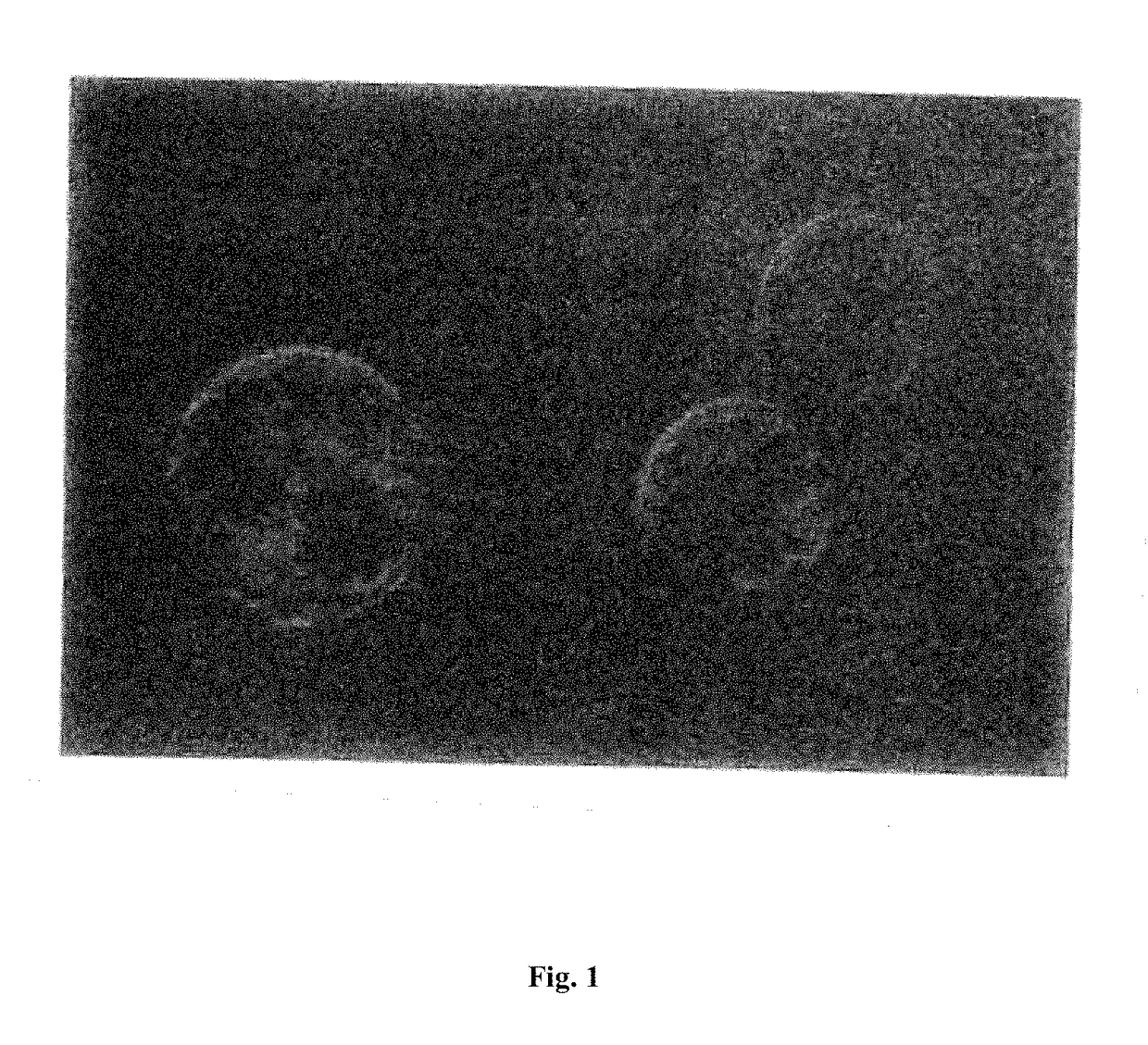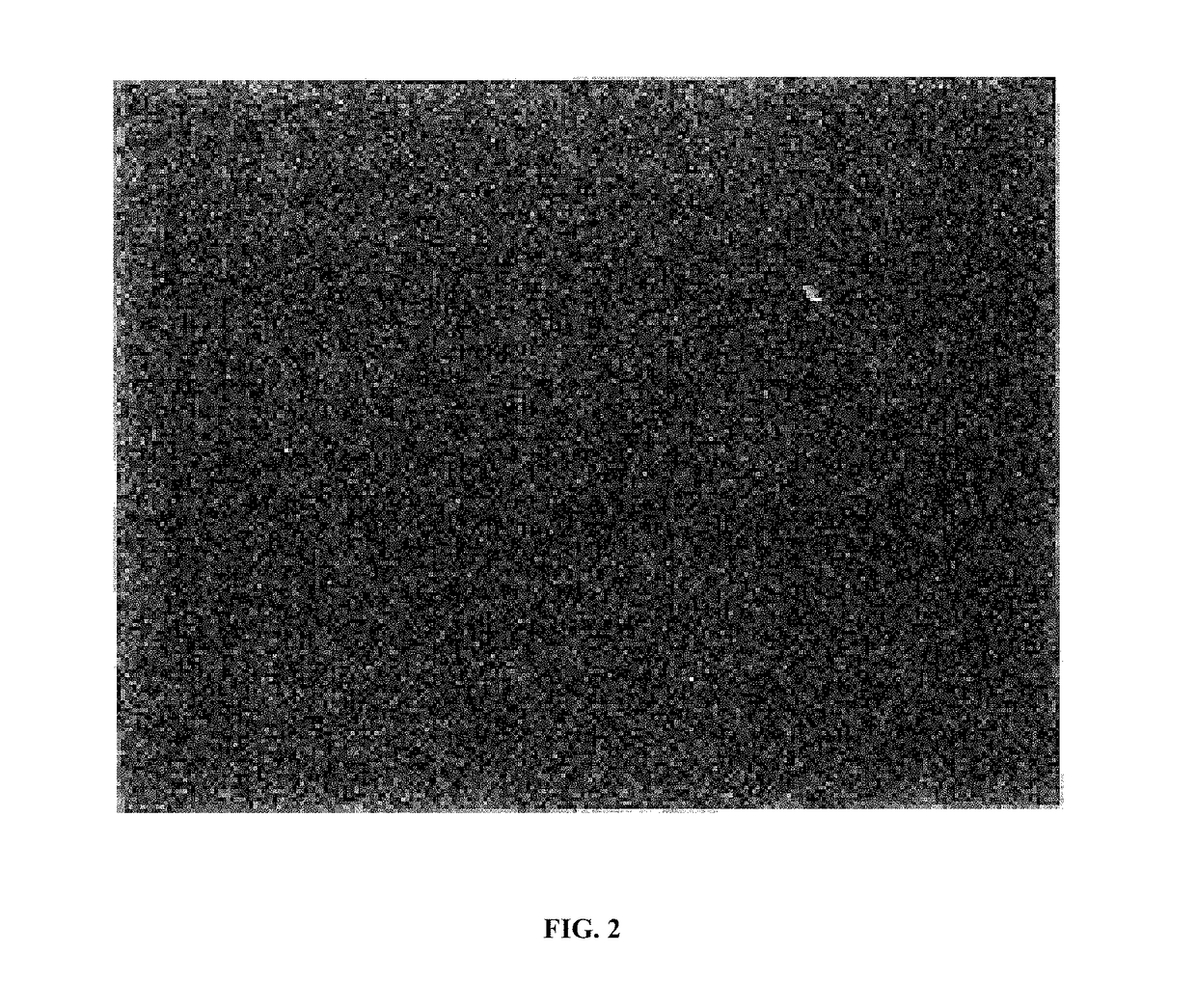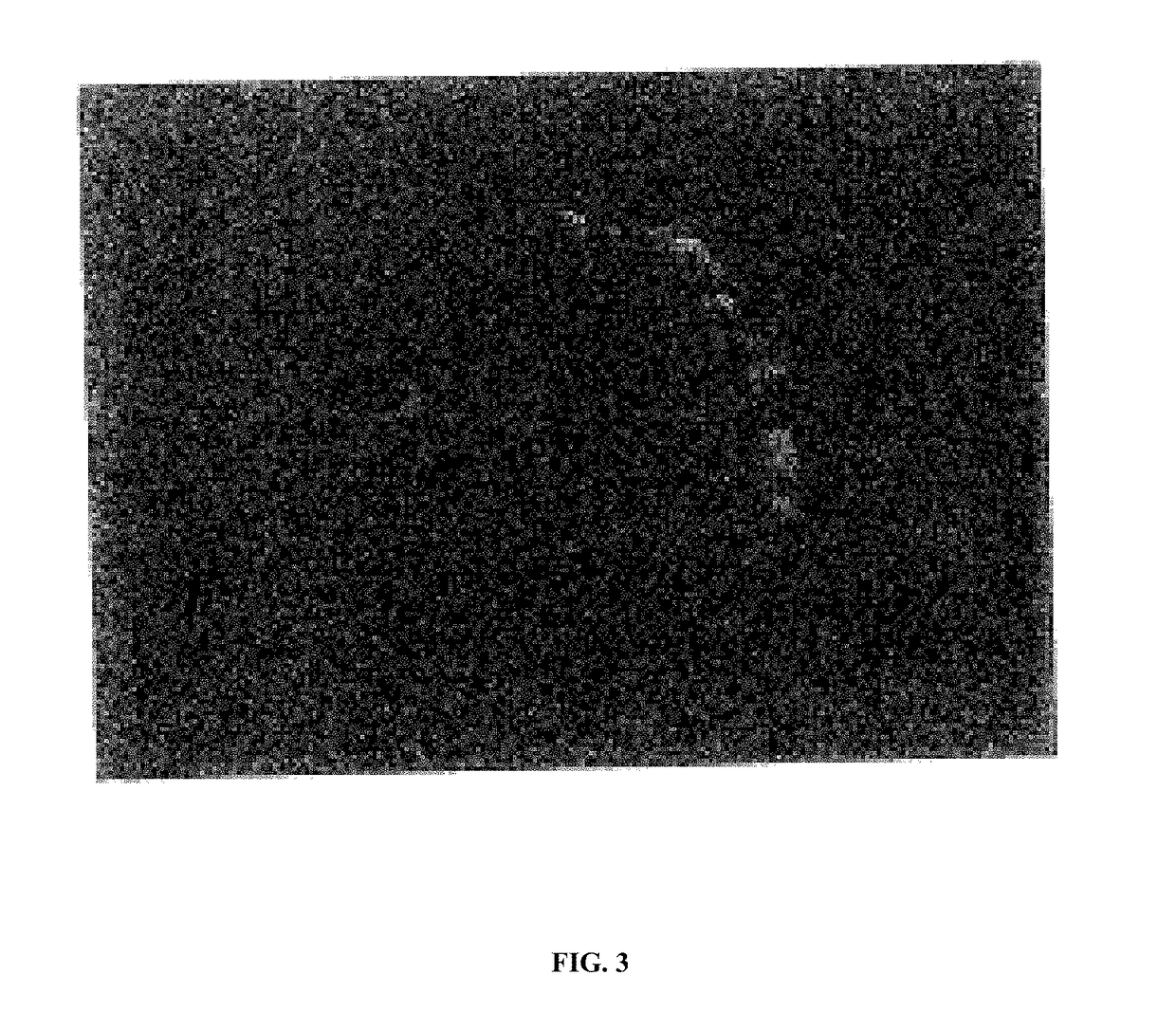Bank of stem cells for producing cells for transplantation having HLA antigens matching those of transplant recipients, and methods for making and using such a stem cell bank
a stem cell and donor technology, applied in the field of stem cell bank for producing cells for transplantation having hla antigen matching those of transplant recipients, can solve the problems of transplant recipient's immune system to eventually reject, histocompatibility is a largely unsolved problem, and does not prevent rejection
- Summary
- Abstract
- Description
- Claims
- Application Information
AI Technical Summary
Benefits of technology
Problems solved by technology
Method used
Image
Examples
example 1
Production of Parthogenic Primate Primordial Stem Cells (PPSC's)
[0177]Materials and Methods
[0178]1. Cynomolgus Monkey (Macaca fascicularis) were superovulated using a single injection of 1000 IU of pregnant mare's serum gonadrophin (PMSG) and 500 IU of human chorionic gonadoprophin (hCG) four days later.
[0179]2. Ovaries were retrieved by laparotomy and oocytes dissected from the follicles and placed in maturation media 36 to 48 hrs after (hCG). Maturation media consisted of medium-199 (Gibco BRL) with Earle's balanced salt solution supplemented with 20% fetal bovine serum, 10 |U / ml of PMSG, 10 Mimi of hCG, 0.05 mg / ml of penicillin G and 0.075 mg / ml of streptomycin sulfate (Hong, 1999).
[0180]3. Oocyte activation
[0181]After 40 hrs in maturation, metaphase II eggs were placed in 10 micromoles of lonomycin followed incubation in 200 mM 6-DMAP (dimethylaminopurine) for 3 to 4 hrs.
[0182]4. Embryo culture. Commercially available embryo culture media ‘Cooks’ was used (modified SOF). Embryos...
example 2
Stable Engraftment of Homozygous Fibroblasts in Histocompatible are Non-Histocompatible Cynomolgus Recipients
[0196]Connective tissue fibroblasts are generated from the cyno-1 stem cell line described above which are labeled with green flourescent protein (GFP) gene. This cell line is homozygous as evidenced by the portion of a single allete of 225 basepairs using a primer set specific for DQB1u6011-17. These cells are propagated in vitro until several million cells are obtained.
[0197]Thereafter, approximately a million labeled connective fibroblasts are transplanted into histocompatible cynomolgus monkey recipients, and non-histocompatible cynomolgus controls. Each monkey is transplanted with a million labeled cells administered by injection in the upper arm at for different sites, in four equal parts.
[0198]The degree of engraftment of these engrafted labeled cells is assessed at three different times, at four weeks, six months and a year. Three of the four grafts are removed at thr...
example 3
Production of Homozygous Stem Cell Lines from Rabbit Parthenogenically Activated Ooyctes
[0200]Rabbit ES cells were similarly obtained from parthenogenetic embryos. Specifically, rabbit oocytes were obtained from superovulating rabbits and were actuated using ionomycin and DMAP. This resulted in blastocystes, the inner cell masses of which were transferred to fibroblast factor layer. This in turn resulted in the production of rabbit ES cell lines which stained positive for characteristic embryonic antigens and which gave rise to various differentiated cell types when removed from the front layer.
[0201]More specifically, true rabbit ES cell lines morphlogically looked like ES cells and differentiated into all three germ cell lineages. Among the cell types that observed from this cell line were myocordial, vascular endothalial, neuronal, and hemotopoiath cell lineages.
PUM
| Property | Measurement | Unit |
|---|---|---|
| compositions | aaaaa | aaaaa |
| compatibility | aaaaa | aaaaa |
| frequency | aaaaa | aaaaa |
Abstract
Description
Claims
Application Information
 Login to View More
Login to View More - R&D
- Intellectual Property
- Life Sciences
- Materials
- Tech Scout
- Unparalleled Data Quality
- Higher Quality Content
- 60% Fewer Hallucinations
Browse by: Latest US Patents, China's latest patents, Technical Efficacy Thesaurus, Application Domain, Technology Topic, Popular Technical Reports.
© 2025 PatSnap. All rights reserved.Legal|Privacy policy|Modern Slavery Act Transparency Statement|Sitemap|About US| Contact US: help@patsnap.com



